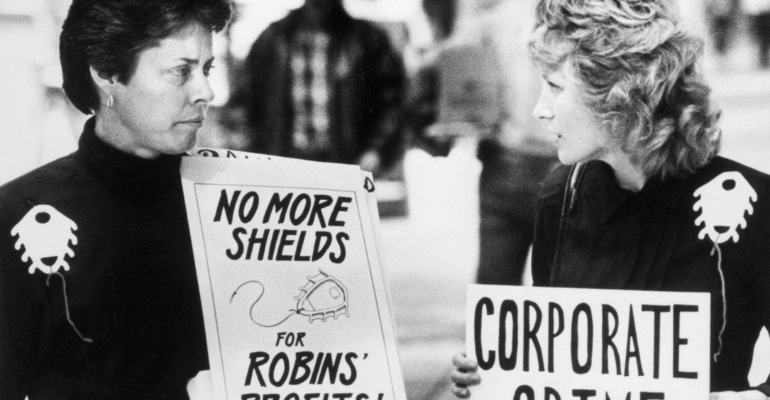What Controversy Highlighted the Need for Medical Device Reporting?
Trivia Tuesday: Decades before Essure hit the market, another birth control device triggered public outrage. What was the device?
May 16, 2023

In recent memory, Bayer's Essure birth control device is easily the most controversial birth control device to grace the U.S. market. If we dig deeper into medtech history, however, we find the Dalkon Shield - a birth control device from the 1970s that played a key role in medical device regulation reform.
Specifically, this device, highlighted the need for medical device reporting of adverse patient events (and the dangers of under-reporting and inaccurate claims by manufactures). A former MD+DI columnist, James Dickinson, wrote in 2004 that medical device reporting was one of the most significant regulatory developments he'd seen in the previous 25 years. Along with the Dalkon Shield, he noted Bjorke-Shiley heart valves and intraocular lenses for underscoring the importance of medical device reporting requirements.
Unfortunately, the requirements were long resisted by the medical device industry.
"The industry's resistance has over the years amplified the suspicion and skepticism that habitually reside in the hearts of regulators," Dickinson wrote. "This is especially true if congressional overseers and the media are flaying them for being lax."
Manufactured by a company no longer in business, A.H. Robins, the Dalkon Shield had several design flaws that presented a danger to its users. The device hit the U.S. market in 1971 and was promoted as a safer alternative compared to birth control pills. At its peak, roughly 3 million women used the Dalkon Shield in the United States.
The Dalkon Shield became infamous for its serious design flaw: a porous, multifilament string upon which bacteria could travel into the uterus of users, leading to sepsis, injury, miscarriage, and death. Modern intrauterine devices (IUDs) use monofilament strings, which is believed to be safer.
After shelling out billions of dollars in litigation and settlements, A.H. Robins went bankrupt in 1985, according to a Washington Post report published in 1987.
About the Author(s)
You May Also Like




